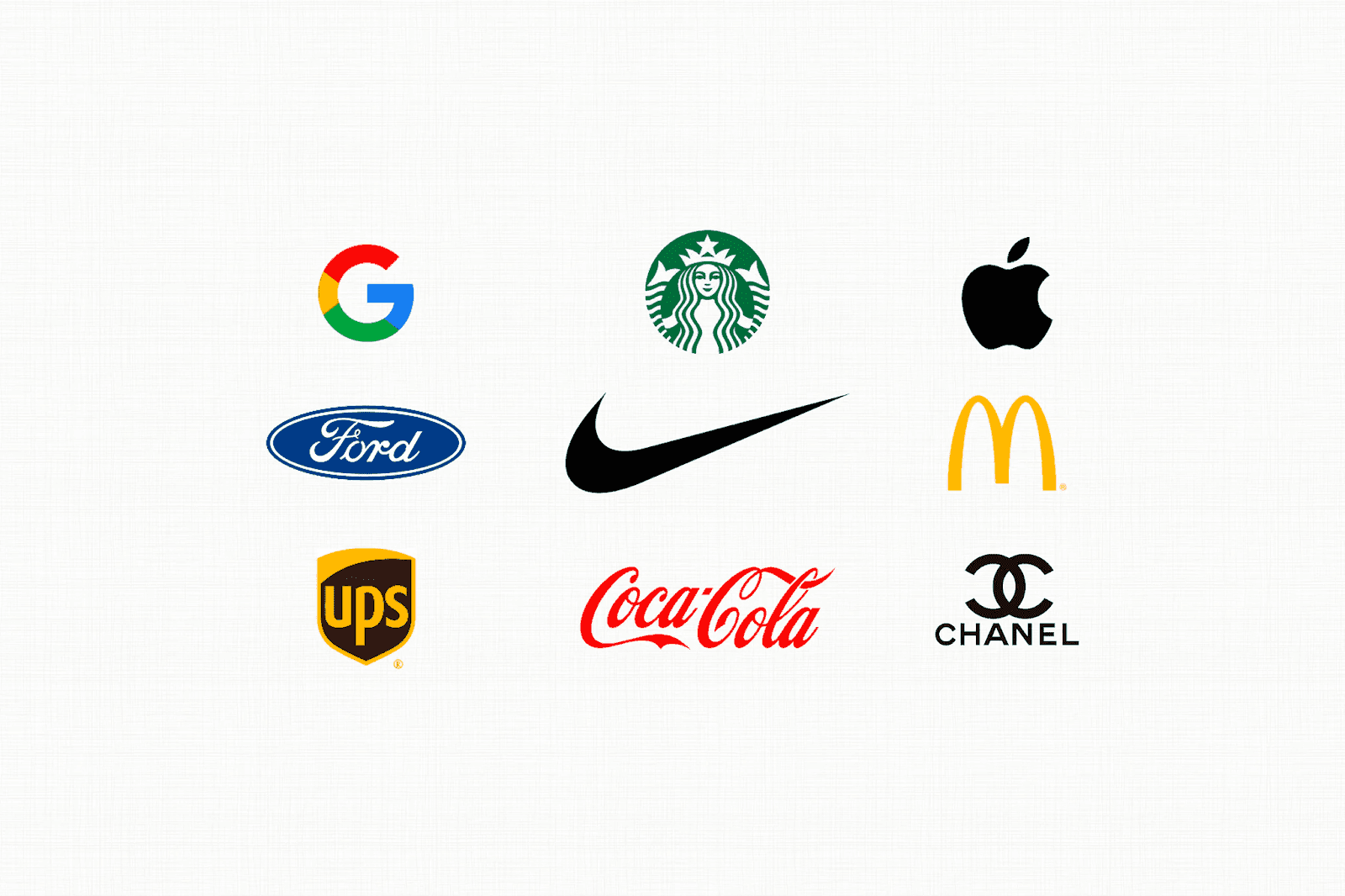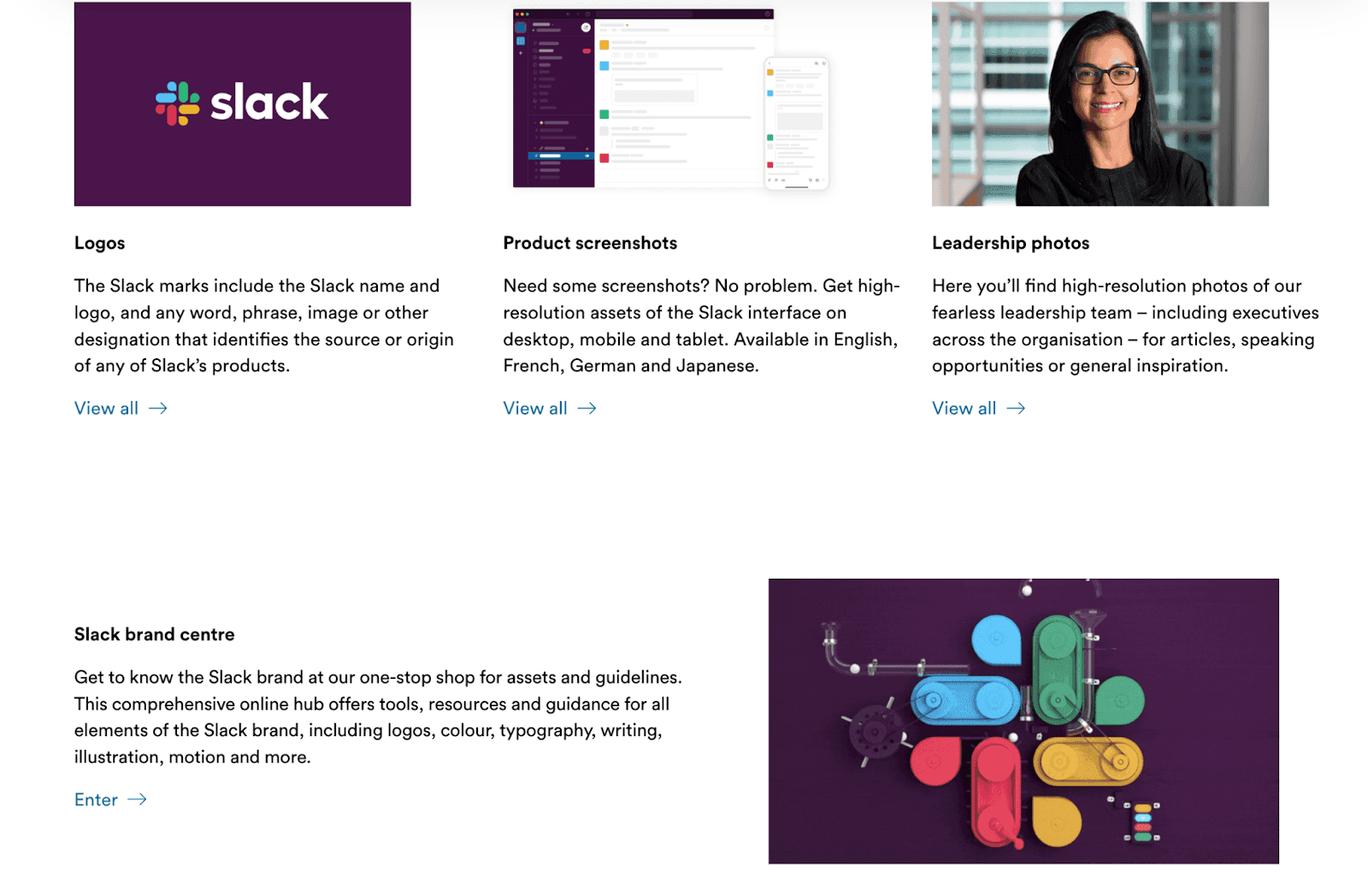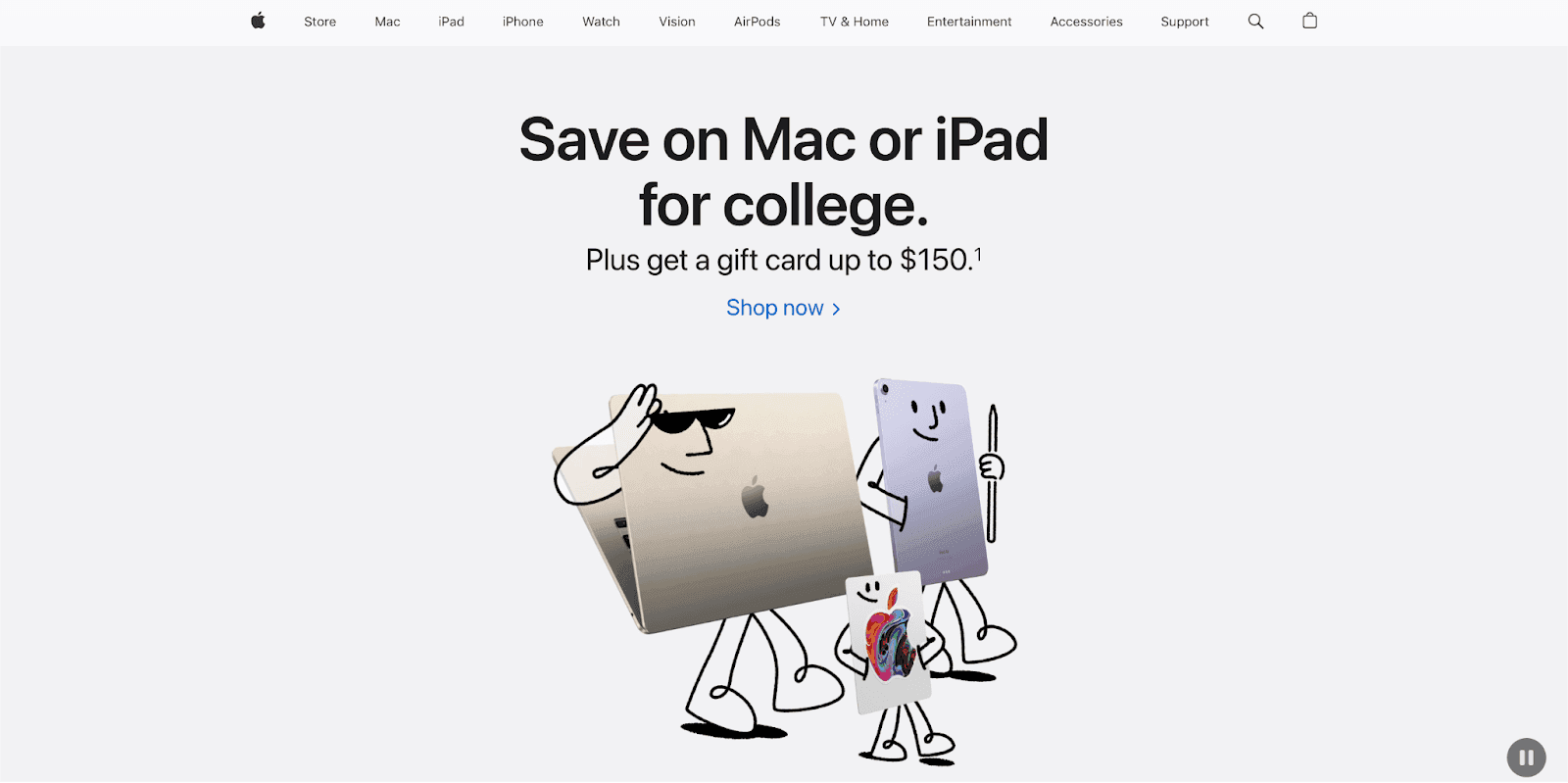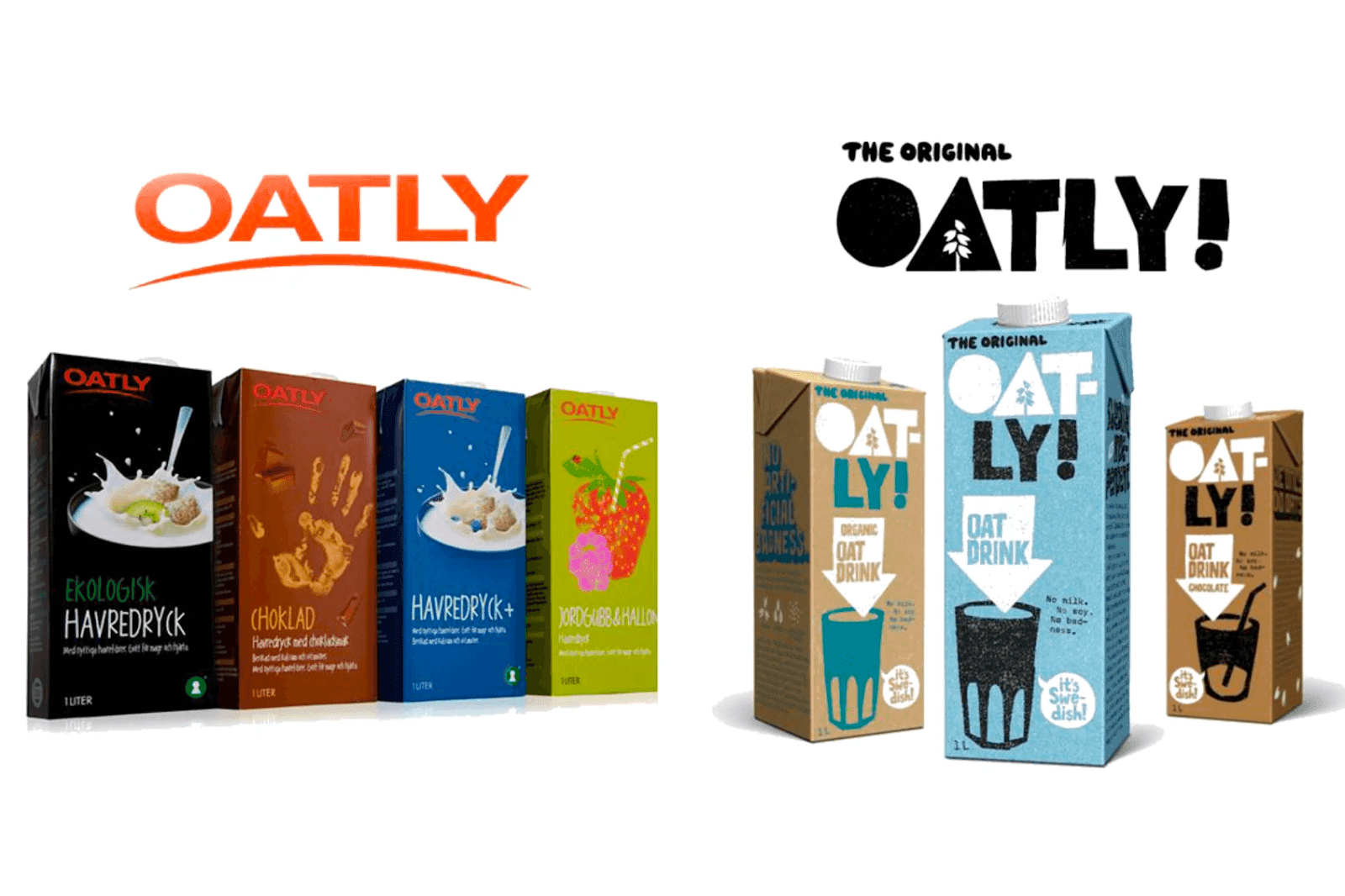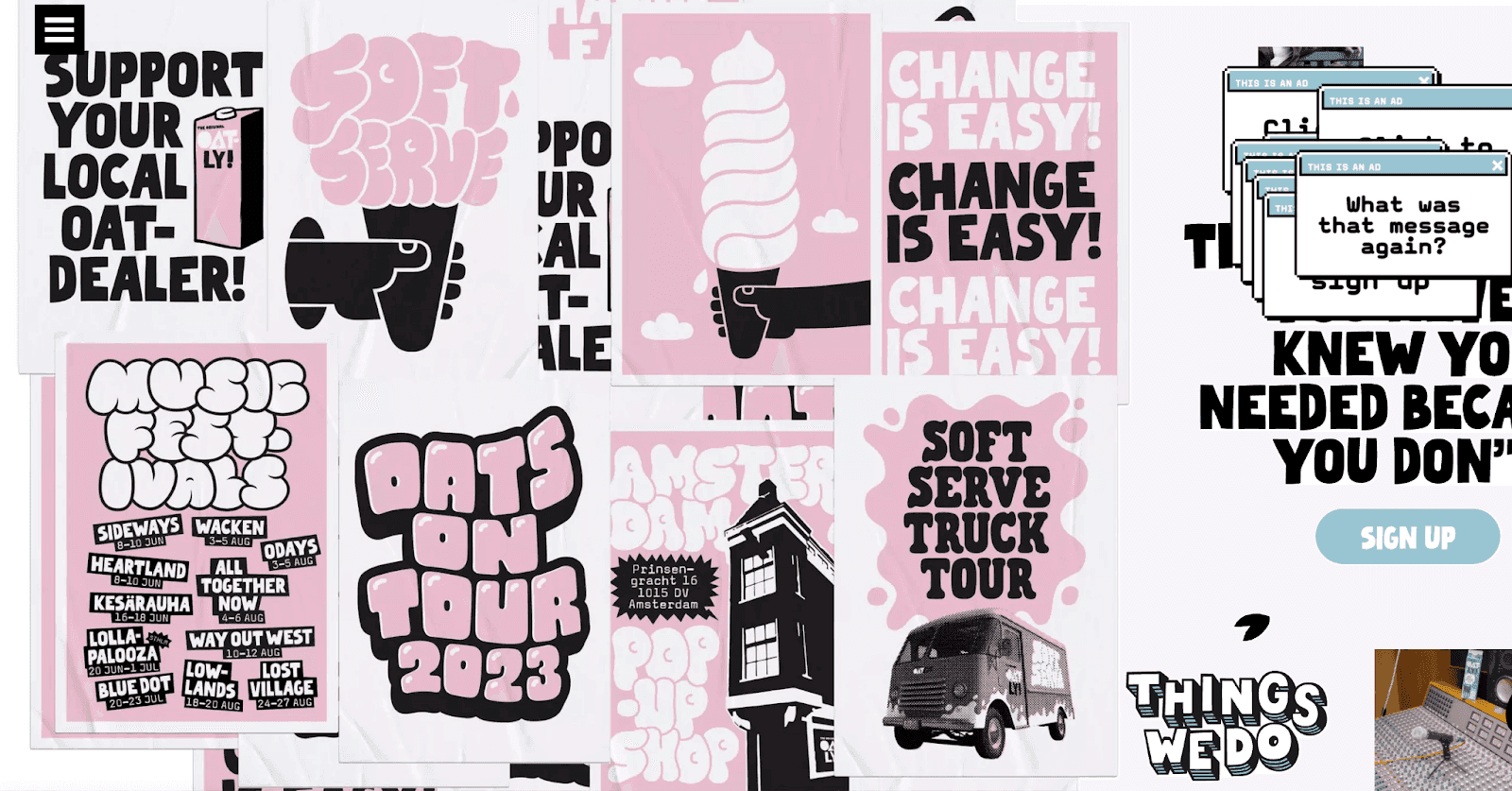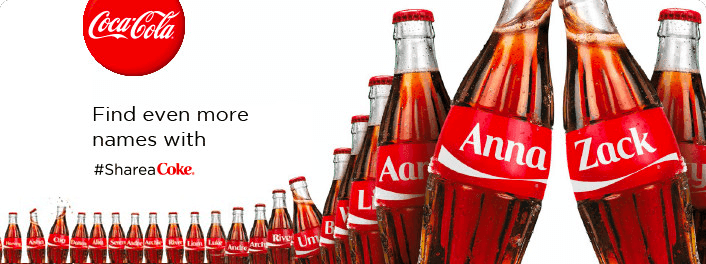Think about your industry for a minute. You’ll probably notice several competitors that have popped up since you started doing business.
Like you, these other businesses want to grow their customer base and make more revenue. However, you all serve the same limited market and sell similar products and services.
So, how do you make yourself stand out?
A great first step is to create a brand identity.
What, though, is a brand identity? Why is it essential to have one? And how can you create a brand identity?
Let’s find the answers.
Brand identity refers to all the visual elements, characteristics or personality traits, and verbal bits that define a brand on and offline.
Let’s break down the different parts that make up a brand identity.
Visual elements. The visual aspects of your brand identity are the part people see that helps them quickly identify your brand. These elements include your logo, color schemes, patterns, typography & fonts, imagery, etc.
From the image above, you can quickly tell that the brands represented are Google, Starbucks, Apple, Ford, Nike, etc., just by looking at the logos.
Verbal elements. These encompass your brand’s messaging and communication, whether with in-person interactions, on social media, in print, or anywhere else. These elements include your brand tone, tagline, and values.
The characteristics or personality traits part of your brand identity relates to how employees treat customers and the emotions people feel whenever they interact with your brand. This part determines whether your brand comes across as friendly, professional, playful, confident, etc.
When done right, customers should be able to identify your brand anytime they interact.
A combination of the parts of your brand identity differentiates you from the rest of your competition.
Why Is Brand Identity Important
Imagine living without an identity — no name, address, or social security number. This would be synonymous with “living off the grid” or not existing.
You don’t want that for your business. Instead, you want the direct opposite. And that’s precisely what a strong brand identity provides.
Your brand identity significantly makes you stand out from the rest of the competition in your market.
It also helps you to create a consistent messaging and feel across all the channels where you interact with your audience. A brand’s personality typically shines through its messaging.
Lastly, having a brand identity helps you build loyalty among your customers.
Looking for a memorable business name? Our Business Name Ideas Generator can help you discover one that fits perfectly. Start exploring now!
5 Pillars Of Brand Identity
Similar to how literal pillars hold things up, so too are there pillars that hold up your brand identity.
Here are the five pillars of brand identity:
- Purpose. You need to have a reason or purpose for creating your brand. This purpose defines your brand’s mission, vision, and values. A purpose-driven brand attracts customers and employers who share a similar purpose — which is great for loyalty and retention.
- Perception. How does the public, especially your target audience, view your brand? Since you can’t control how they perceive your brand, creating interactions that leave positive impressions in people’s minds is crucial.
- Position. Your brand position relates to who you’re targeting and how you approach them. Without proper positioning, you’ll try to sell to everyone but sell to no one. Your positioning is reflected in your messaging and product/service offerings.
- Personality. This pillar refers to how you define your tone, voice, and emotions you want to evoke in your audience. A strong brand personality is vital as it makes your brand easily recognizable.
- Promotion. How do you get more people to be aware of your brand? Through marketing and advertising. And that’s where you need the promotion pillar. You’ll need different promotion strategies to get your brand in front of the right audience.
Understand Who You Are
A brand identity extends beyond having a visual identity. While you might be tempted to show off your new logo or color palette, you must first build on the five pillars of brand identity.
So ask yourself questions like:
- Why does my brand exist?
- What pain is my brand solving?
- Whose pain is my brand alleviating?
- How do people describe their experience with my brand?
- What tone or voice does my brand use when communicating with customers?
- What audience is my brand trying to attract?
- What are my brand’s strengths?
- What do I know about my audience?
- What is my brand’s Unique Value Proposition (UVP)?
The answers to these questions will help you establish your core brand elements and ensure you have a solid foundation to build the rest of your brand.
Define Your Target Audience
You’ll be wasting your time if you decide everyone is your target market. Instead, you should have a clear image of the audience you want to serve and sell to before creating your brand’s logo and other visual elements.
If you’re having trouble defining your target audience, you can start by surveying your current customers to understand what kind of people they are, how your products/services help them, and why they are customers.
Your website analytics is another place to uncover insights about your customers or audience. Google Analytics Demographic data, for instance, helps you group visitors based on their location, age, interests, etc.
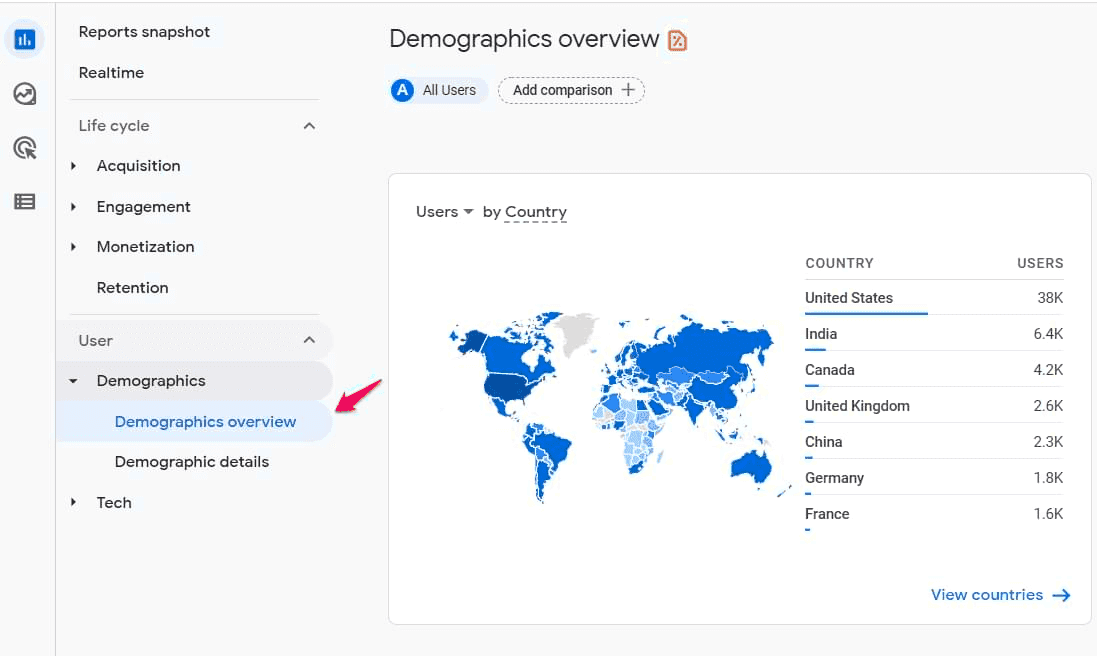
In addition, conducting social listening can help you access people’s conversations concerning your brand.
With enough audience data, you can create audience personas representing your target customer.
Develop Your Brand Design
Since you now know who you are and want to sell to, the next thing to do is develop your brand design.
Here are some of the key elements of a brand design.
- Logo: Your logo is one of the first things people notice about your brand. We recommend working with an expert designer to create a visually appealing logo that accurately communicates your brand’s personality and values.
- Color palette: Colors evoke different emotions in people, so choose primary and secondary colors that evoke the feelings you want.
- Typography: Choose a font or typography that matches existing brand elements like your logo and tone. Your choice of font should also be easy to read.
You should also consider other elements like shapes, photography/imagery, and iconography. These design elements should reflect on your website, packaging, email, social media, and other places your brand might appear.
Create Brand Guide & Templates
Considering the number of ads your customers see daily, they must recognize your brand everywhere it appears — and that’s only possible if your branding is consistent.
Having a brand guide and template makes it possible to easily replicate your design elements and ensure consistency across the board. With consistency comes trust and loyalty.
These templates also empower others within your organization — aside from the marketing team — to create branded assets and elements.
For instance, here’s a look at the media kit section of Slack’s website.
Here, the Slack brand center is the hub for learning all about Slack’s brand elements and assets.
Here are some real-life examples of companies with successful brand identities you can learn from.
Apple
Apple is one of the most valuable brands in the world. And their strong brand identity plays a significant role in helping them achieve this.
When starting, Apple went against the grain to compete with existing tech giants like Microsoft and IBM. Doing so gave them a distinct identity that stood out from the rest.
Apple’s visuals and communication are consistent across various channels — simple, clear, and human.
Another noteworthy part of Apple’s brand identity is its value to focus on quality over quantity. For this reason, Apple’s products are typically seen as exclusive and premium.
Oatly
A simple walk down the dairy aisle in any supermarket will show just how many milk brands there are.
Oatly was just another one of these milk brands until they changed their brand identity in 2012.
Their brand identity involved overhauling its messaging, design, values, and other elements.
The product packaging, for instance, went from looking like every other milk brand to something unique and authentic.
Oatly’s values about sustainability and promise to “deliver products that have maximum nutritional value and minimal environmental impact” are crystal clear and connect deeply with their core audience in this rebrand.
The copy and design on their website are also so beautifully done that it’s hard to mistake them for any other brand.
Coca-Cola
Coca-Cola is the most valuable beverage brand in the world. But they didn’t get there by mistake. Over the years, they’ve created an unmistakable brand identity, allowing them to thrive.
For instance, consider their logo. The white “Coca-Cola” lettering on the red background is one of the most recognizable logos worldwide. The red color is associated with passion and can trigger hunger and excitement.
Coke’s mission to “refresh the world” and “inspire moments of optimism and happiness” is made clear with the different campaigns they run over the years.
Their holiday ads are always fun to watch as they highlight the joy of togetherness while sharing a bottle of Coke.
Perhaps most memorable was their “Share a Coke” campaign, where names replaced Coca-Cola on the bottles.
This campaign highlighted how brands can still connect personalized communication with their values and mission.

